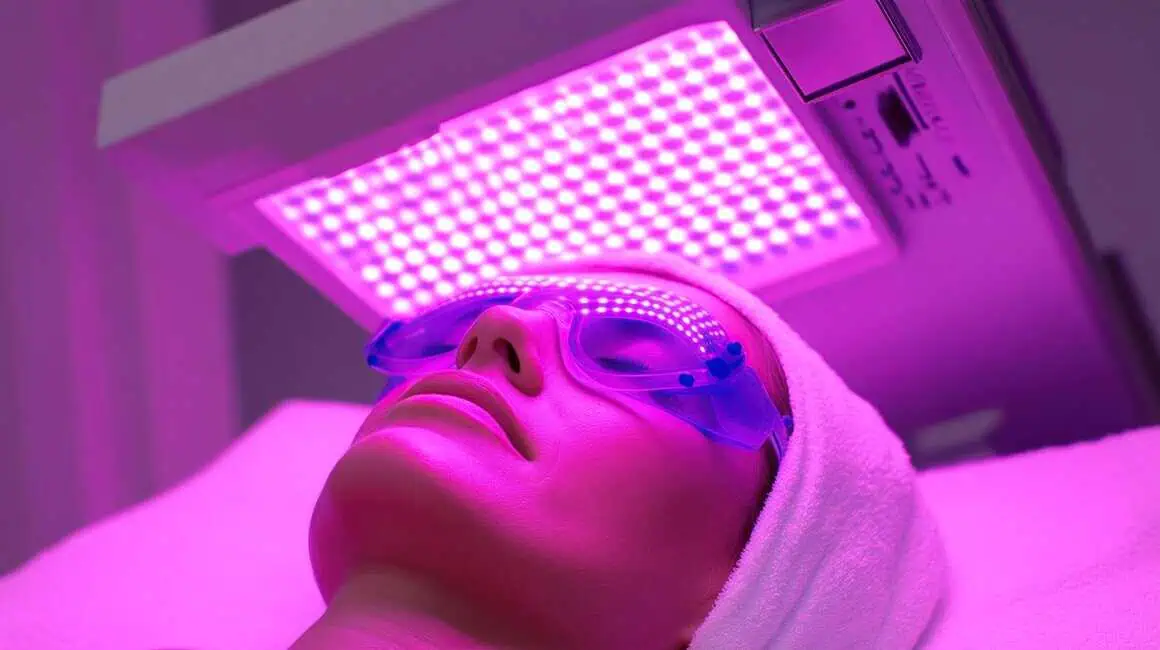Achieving flawless skin can often feel like an uphill battle, especially when you’re not fully aware of the small mistakes that can hinder your progress. In this guide, we’ll explore common complexion correction errors—those little habits and misconceptions that many fall prey to—so you can embrace your natural beauty with confidence.
1. Neglecting Proper Cleansing Techniques
Cleansing is the foundation of any effective skincare routine. Neglecting to cleanse properly can lead to a buildup of dirt, makeup, and oils on your skin, which can clog pores and contribute to breakouts. Ideally, you should be cleansing your face twice a day—once in the morning and once at night—to remove impurities. However, many individuals make the mistake of using products that are too harsh or simply don’t suit their skin type.
It’s crucial to choose a cleanser that effectively removes grime without stripping your skin of its natural oils. For those with dry skin, a creamy or oil-based cleanser can be a lifesaver, while gel cleansers work wonders for oily skin types. Additionally, gently massaging the cleanser onto your face for at least 30 seconds can make a world of difference, ensuring that you’re delivering a proper cleaning.
Lastly, don’t forget to be diligent about cleansing every part of your face. Areas like the jawline and around the ears tend to be overlooked, but they can also harbor grime that affects your overall complexion. So next time you wash your face, take a few extra moments to focus on those tricky spots!
2. Using the Wrong Products for Your Skin Type
One size does not fit all when it comes to skincare. Using products that are not tailored to your skin type can lead to problems ranging from dryness to irritation and even breakouts. For example, if you have sensitive skin, using strong exfoliants can do more harm than good, leading to redness and inflammation. On the flip side, those with oily skin often need lightweight formulas that won’t clog pores.
Understanding your skin type is the first step in choosing the right products. You should know whether your skin tends to be oily, dry, combination, or sensitive. This allows you to select cleansers, moisturizers, and serums that cater specifically to your skin’s needs. Tackle this with a patch test for new products and shun items that throw your skin into disarray.
Moreover, the ingredients matter immensely; for instance, if you’re prone to acne, look for products that contain salicylic acid or benzoyl peroxide. For dry skin, ingredients such as hyaluronic acid and ceramides can be beneficial. Take the time to read labels so that your skincare enhances rather than hinders your complexion correction journey.
3. Over-Exfoliating and Its Consequences
Exfoliation might seem like a miracle solution for achieving smooth and radiant skin, but overdoing it can backfire dramatically. While it’s essential to remove dead skin cells to promote cell turnover, excessive exfoliation can strip your skin of its natural moisture and barrier, resulting in redness and sensitivity. The key is to find that sweet spot—moderation is your best friend.
Dermatologists recommend exfoliating once or twice a week, depending on your skin type. If you have sensitive or dry skin, you might even want to stick to just once a week. Listen to your skin: if it becomes irritated or feels tight, it’s time to cut back. Chemical exfoliants, such as alpha hydroxy acids (AHAs) and beta hydroxy acids (BHAs), can be less abrasive than their physical counterparts, providing an effective way to smooth skin without the risk of overdoing it.
4. Ignoring Sunscreen in Your Routine
Sunscreen is perhaps the most underrated step in a skincare routine. Many people think that skipping it is harmless, especially on cloudy days or when staying indoors. But here’s the truth: UV rays can penetrate through clouds and windows, leading to skin damage and premature aging. Making sunscreen a daily habit is crucial for any complexion correction regimen.
It’s essential to choose a broad-spectrum sunscreen with at least SPF 30 that works for your skin type. Whether you opt for a mineral-based sunscreen or a chemical one, be diligent about reapplication every two hours, especially if you’re outdoors. You can even find makeup products like foundations that include SPF for an additional layer of protection, but they should not replace your sunscreen.
Developing the habit of applying sunscreen daily will pay off in the long run. Not only will it protect your skin from the harsh effects of sun exposure, but it will also help maintain your complexion and prevent discoloration.
5. Skipping Moisturization Despite Oily Skin
You might think that if you have oily skin, skipping moisturizer is a smart choice; however, that couldn’t be further from the truth. In reality, when you deny your skin the hydration it craves, it may rebel by producing even more oil. This can create a frustrating cycle that leads to amplified shine and breakouts.
Finding a lightweight, non-comedogenic moisturizer tailored for oily skin can change your skincare game. Look for ingredients like gel formulations or hyaluronic acid, which hydrate without clogging your pores. This way, you’re not only offering hydration but also balancing the oil levels on your skin.
6. Forgetting to Check Expiration Dates on Products
Just as you wouldn’t consume expired food, you shouldn’t apply expired beauty products to your skin. Using old skincare items can irritate your complexion, lead to breakouts, and diminish the effectiveness of your routine. Unfortunately, expiration dates often get overlooked, leaving many to unknowingly apply expired products.
To keep your complexion in top shape, make it a habit to check expiration dates regularly. If you notice any changes in texture, smell, or color, it’s a sign that the product has turned bad. It’s also a good practice to label the date of opening, especially for items with shorter shelf lives like serums or creams.
7. Not Allowing Enough Time for Products to Work
When starting a new skincare regimen, patience is key. Many people expect to see overnight results, but in reality, effective complexion correction takes time. Allowing products to work on your skin is crucial in achieving the desired results. It is common for individuals to change products too quickly when they don’t notice immediate improvements.
Give products at least four to six weeks to gauge their effectiveness. During this time, your skin may initially react in unexpected ways as it adjusts to new ingredients. Keeping a skincare journal can also help you track your skin’s response, making it easier to notice subtle changes over time.
8. Rushing Your Skincare Routine
In our fast-paced society, it’s easy to rush through our daily skincare regimen. However, skimping on time can lead to insufficient application of products, leaving them less effective. It takes merely an extra few minutes to fully absorb serums or moisturizers, yet many of us cut corners, which ultimately diminishes the benefits of our efforts.
Taking the time to nourish and pamper your skin can also be a therapeutic experience. Consider establishing a ritual that allows you to slow down and appreciate the process. Implementing techniques such as gentle massages while applying products can enhance absorption and promote circulation.
So rather than treating your skincare routine as an annoying chore, try to relish these moments as a form of self-care. Your skin will thank you for it!





